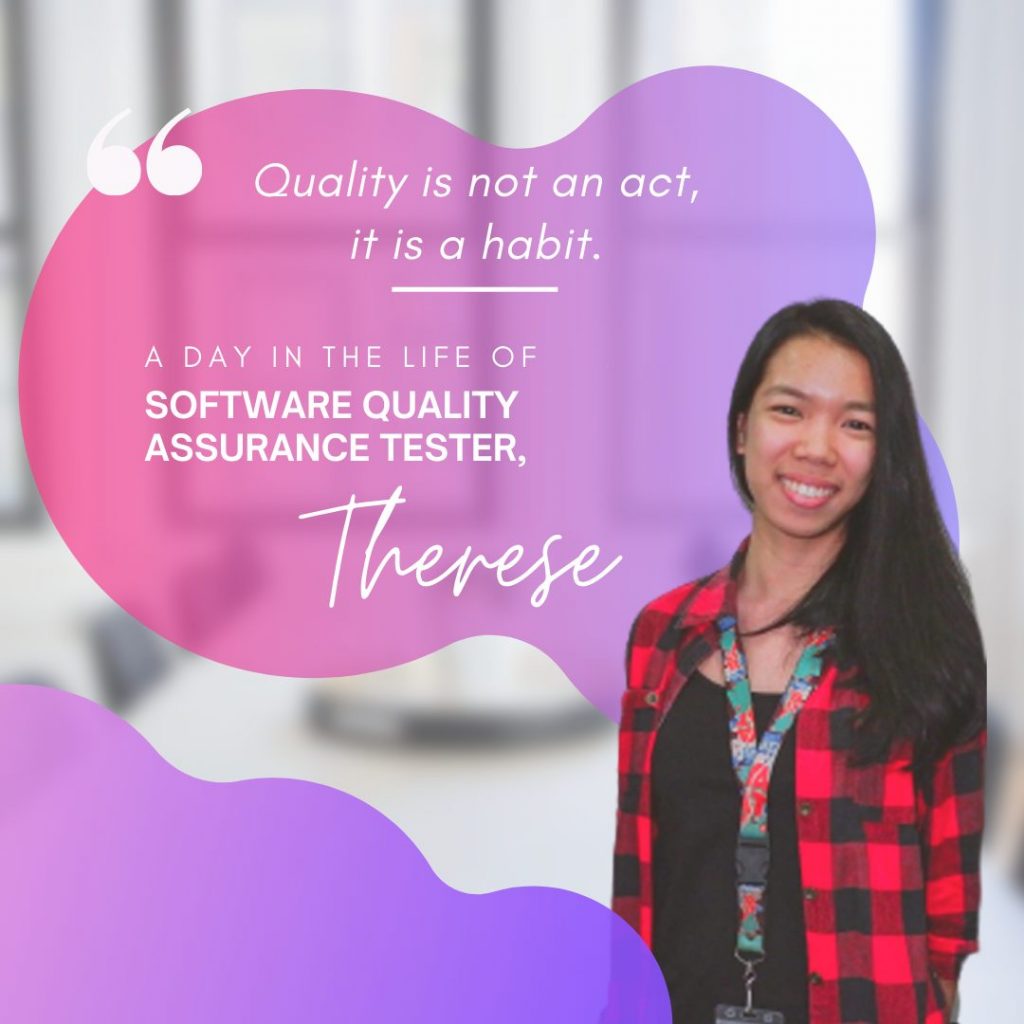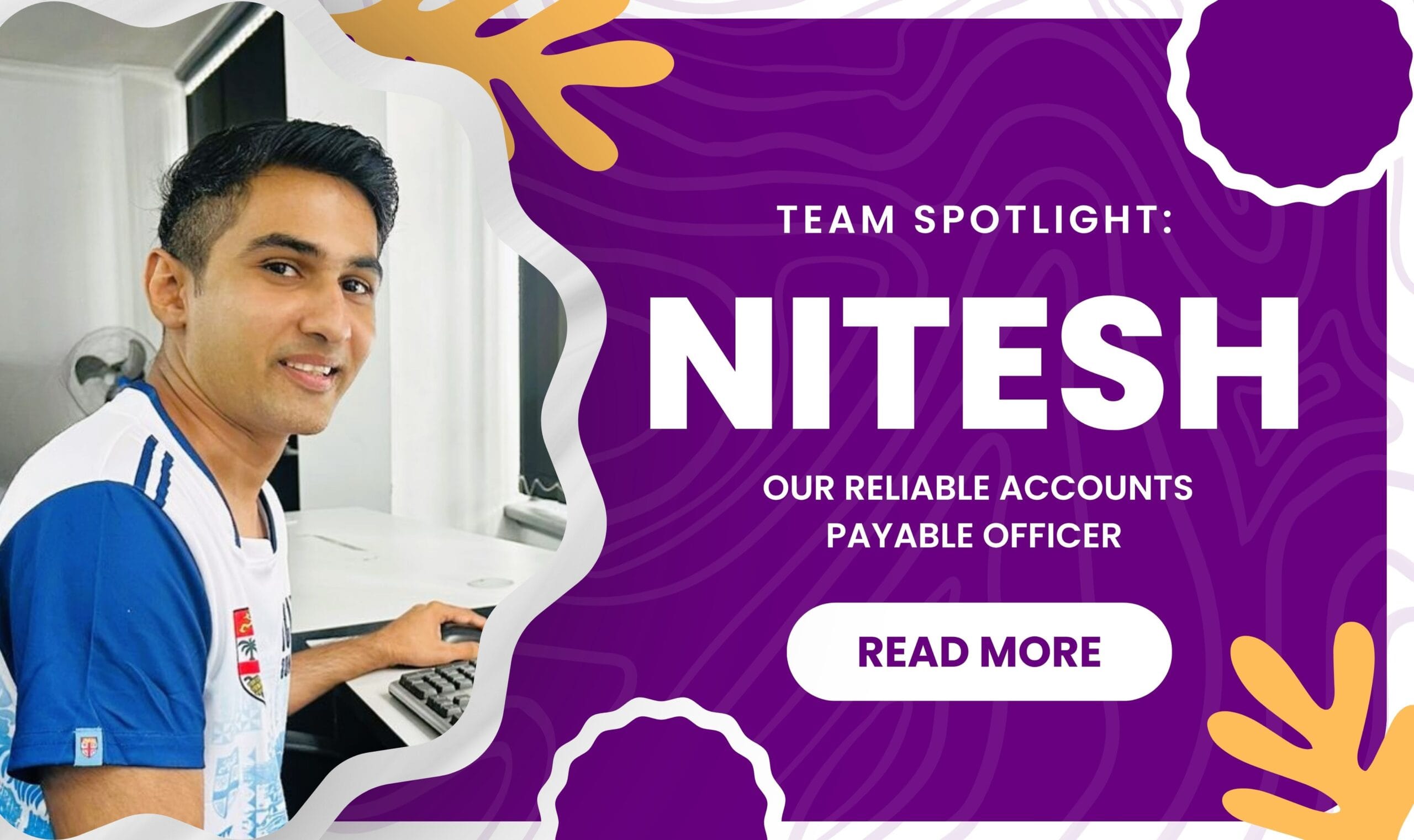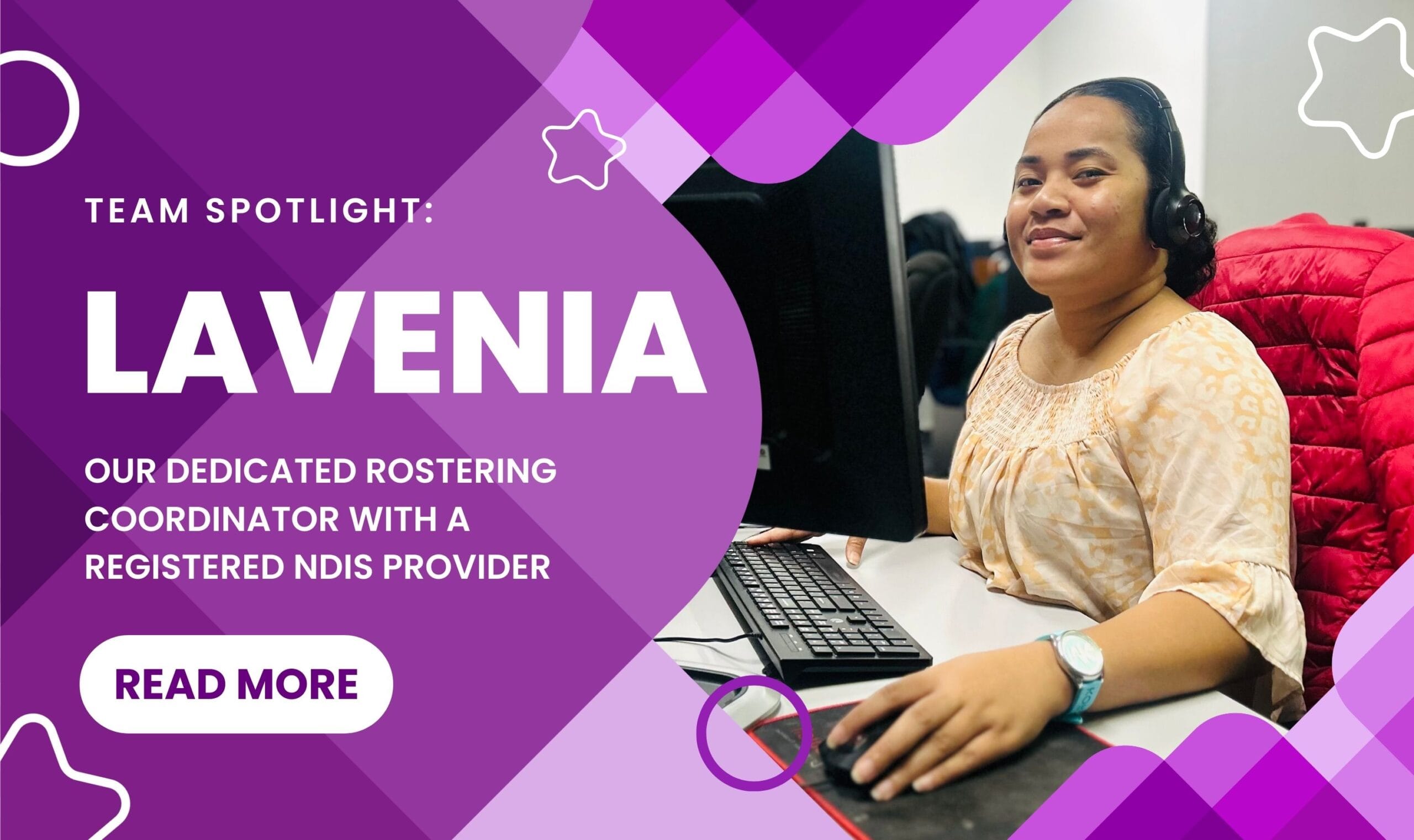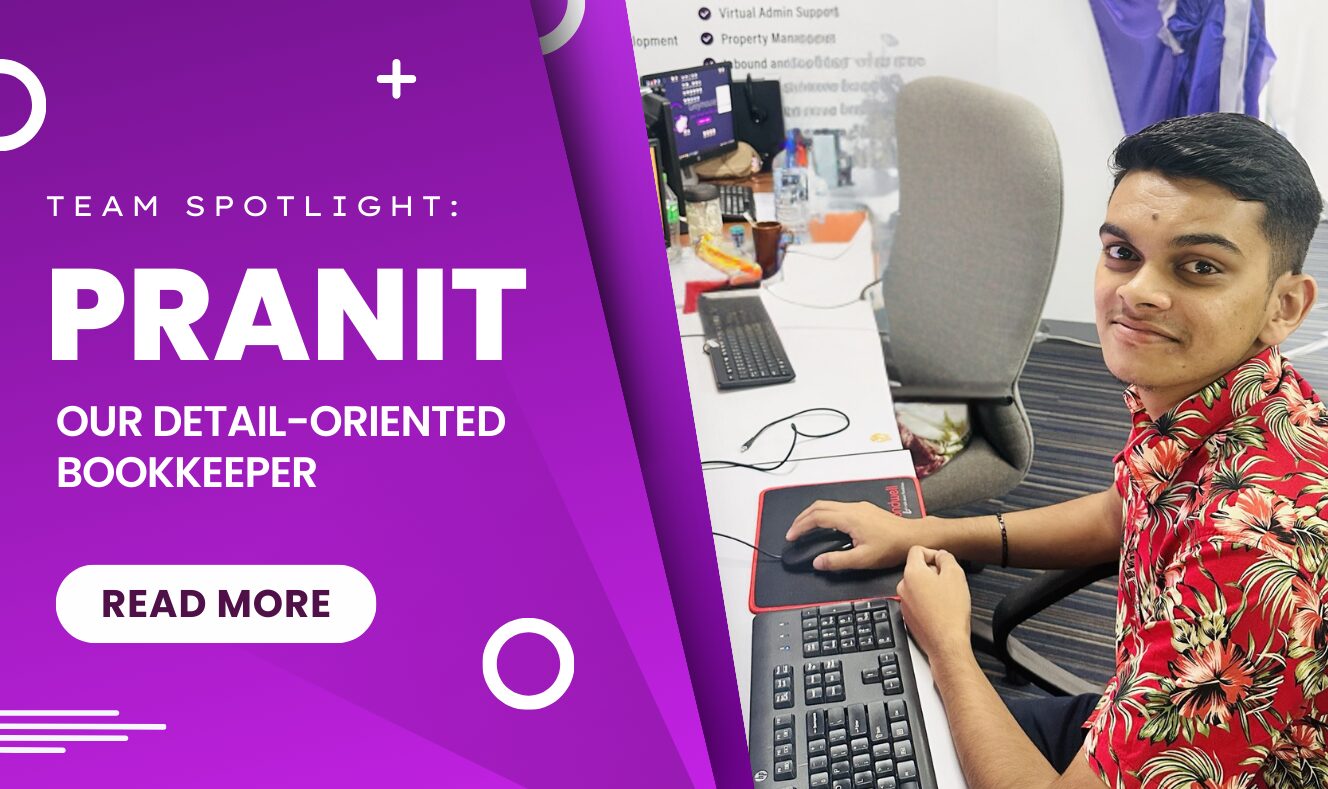Greymouse delivers reliable services all over the world for businesses of all sizes. We have a culture that is honed in honesty, integrity, teamwork and transparency. We also focus on attaining goals and achieving success for your business. This is why clients have stayed with us for years. Therese works with our long-time client as a Software Quality Assurance Tester.
QA Testers are expected to demonstrate strong analytical, organizational, problem-solving, and written communication skills to satisfy the main duties of the profession. For success to be achieved, it is important for QA testers to be detail-oriented and self-motivated since you will be working closely with a team composed of designers, engineers, and other related personnel— all these while also working independently as needed. QA testers should be able to display good judgment and capability in exercising strong time management skills. In addition to these capabilities, QA testers should also possess the following skills and abilities as per Therese:
| • | Applying testing programs to new software |
| • | Identifying bugs in new systems and understanding how to resolve them |
| • | Generating reports describing defects and resolutions |
| • | Ensuring that new software products are ready for consumer use |
| • | Working with development teams to prevent issues with new software |
Therese has been working from home since last March since COVID started to worsen. She is very grateful to Greymouse and her client for allowing her and other team members to work from home.
Therese’s tasks also include:
| • | Reviewing and analysing system specifications |
| • | Collaborating with QA to develop effective strategies and test plans |
| • | Executing test cases and analysing their results |
| • | Reviewing and analysing system specifications |
| • | Creating logs to document testing phases and defects |
| • | Reporting bugs and errors to development teams |
| • | Conducting post-release/post-implementation testing, regression testing, exploratory testing, and mobile testing |
| • | Creating TC/TCI design |
| • | API testing |
| • | Learning and acquiring of BDD (behaviour driven development) |
| • | Automation testing |
| • | Conducting smoke test per deployment |
| • | Participating and contributing during scheduled Sprint review, retrospective and planning meetings |
| • | Communicating test progress, test results and other relevant information to the QA team lead and stakeholders |
| • | Performing other tasks as assigned |
| • | Helping troubleshoot issues |
Therese considers finding bugs/issues in the system challenging but she says “It is a very collaborative effort— and that is what makes it my favourite part about the job.” She has worked in Greymouse for 3 years now and expresses her delight in having the opportunity to work with teams from different parts of the world, as well as grow from the experience.
“Every 2 weeks, we release an update for the software. Every 2 weeks, I feel proud of the update that everyone in the team worked hard on.” Therese always looks forward to the new features or bugs she has to test and check every day. Being a QA tester plays a critical role in delivering high quality and functioning software to users. This is why when asked about how she makes these critical decisions, Therese shares that “It’s okay to ask questions when you are unsure about a certain feature, bug or behaviour. You also have to consider the priority of the task you are given.” To her, there are things to be considered before starting the day, amongst them are task awareness, creating a checklist and determining the priority tasks, setting the target goal, time allocation and proper work timing. “Does it need to be completed within this day?” Once answered, she then proceeds to check what areas have to be tested and the resources that are needed to tick the task off the list.




